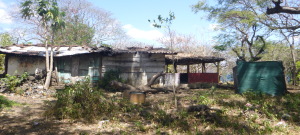 We’ve been in a bit of a cocoon during our stay at La Mariposa, but during our various excursions (on foot and by van) we’ve seen a little of the country as well. It’ll be interesting to see how similar the other regions are to this one.
We’ve been in a bit of a cocoon during our stay at La Mariposa, but during our various excursions (on foot and by van) we’ve seen a little of the country as well. It’ll be interesting to see how similar the other regions are to this one.
One thing you notice right away is the weather. I thought that the whole Northern Hemisphere would share the same seasons, but February is considered summer down here. It’s the dry season, which means almost no rain. As a result, there is dust everywhere. All of our walks have resulted in very dirty feet, and Lanie (due to her constant contact with dogs and with the ground) pretty much walks around in a cloud of dirt, like Pigpen from Peanuts. (Fortunately the flies have not yet appeared.) When I wash my hands before dinner, I’m always surprised at the brown water coming off them, even if I haven’t been doing much of anything.
Compounding the dirt is the shortage of water here. The dry season is always a challenge, and climate change has made things worse. Although we have a free-flowing supply of water in our bathroom, we’re asked to conserve as much as possible. We know we’re in a place where a lack of water can lead directly to families going hungry, so we have been minimizing our water usage as much as possible — which means brief and infrequent showers. “Clean” is relative here, when it comes to us and our clothes.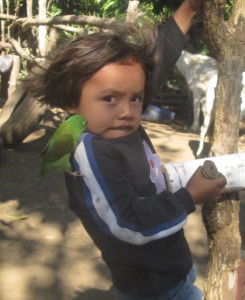
The region where we’re staying is mountainous and mostly rural, with occasional villages dotted along the roads. These are filled with various storefronts, as it seems that most people are selling something from their homes to produce or supplement their incomes. For instance, one home in the nearest village has four TVs with video-game consoles in the main room, and these are rented by the hour to the local kids.
Most of the houses outside the village center seem to have animals in their yards — bulls and cows, chickens, pigs. And dogs are ubiquitous. Most of them are running free through the town, so it’s fortunate that they generally seem to be well-behaved. Life is mostly lived outside, at least in the summer. Cooking, laundry, and lounging are all done in the outdoors.
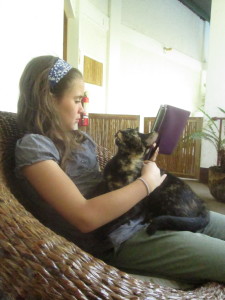 We’re very happy with our decision to avoid renting a car here. The roads are narrow, vary widely in quality, and have random speed bumps in the middle of towns. People seem to drive as fast as they can, tooting the horn and weaving in and out amongst pedestrians, bicycles, the three-wheeled motor taxis, and livestock. And they have a very different idea of the maximum carrying capacity of a vehicle. The other day on our trip to the beach, the van filled up and so the driver put stools into the aisle for people to sit on. Others perched on a ledge behind the driver’s seat, facing backwards. I’ve heard that the buses are even worse (I guess we’ll find out on Wednesday). In Masaya the other night, I saw a whole family — mother, father, young child, and infant — riding a single bicycle.
We’re very happy with our decision to avoid renting a car here. The roads are narrow, vary widely in quality, and have random speed bumps in the middle of towns. People seem to drive as fast as they can, tooting the horn and weaving in and out amongst pedestrians, bicycles, the three-wheeled motor taxis, and livestock. And they have a very different idea of the maximum carrying capacity of a vehicle. The other day on our trip to the beach, the van filled up and so the driver put stools into the aisle for people to sit on. Others perched on a ledge behind the driver’s seat, facing backwards. I’ve heard that the buses are even worse (I guess we’ll find out on Wednesday). In Masaya the other night, I saw a whole family — mother, father, young child, and infant — riding a single bicycle.
Though many of the houses here would barely qualify as shacks at home, we haven’t noticed a great deal of extreme poverty (or extreme wealth, for that matter). La Mariposa is essentially a non-profit and donates a lot of goods and labor (as well as providing jobs) for the local community, so that may be making a difference here. It’s inspiring to see the many young guides we’ve had at various locations, who are so enthusiastic and well-versed in the area’s flora, fauna, and history.
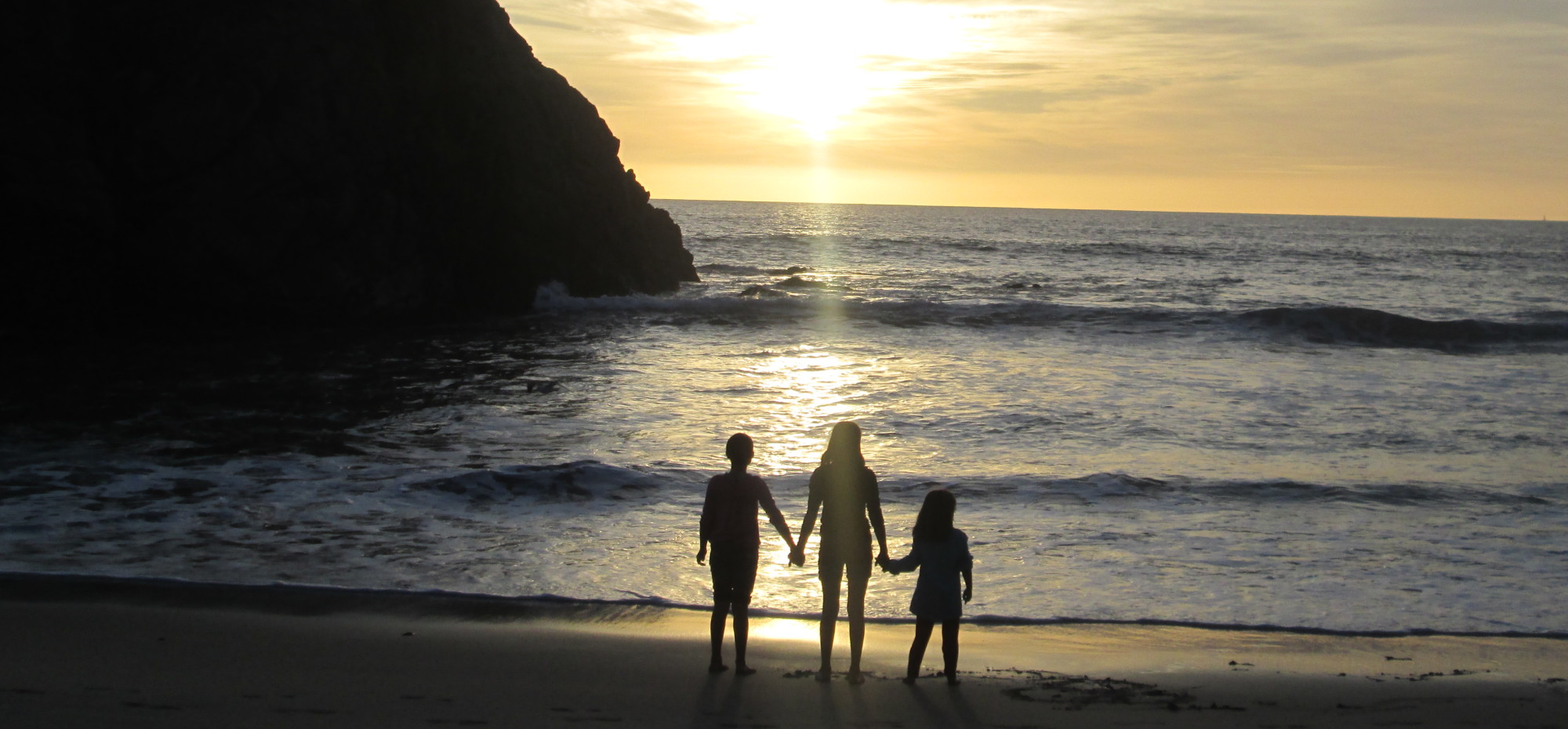
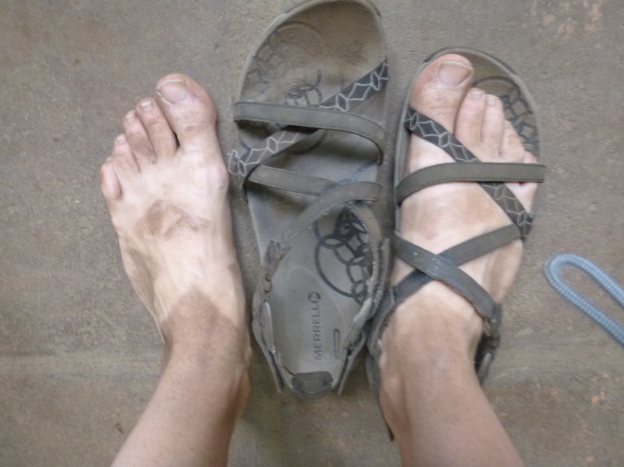
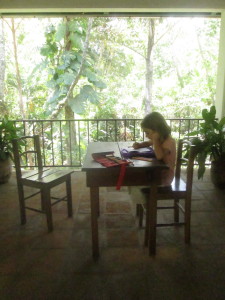
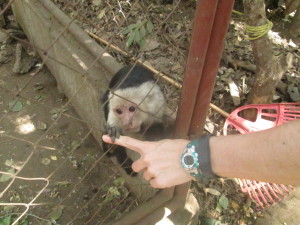
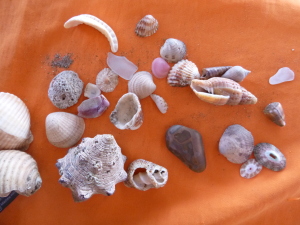
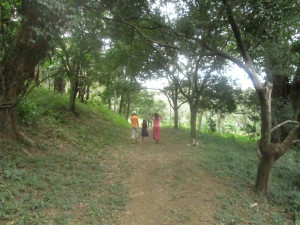
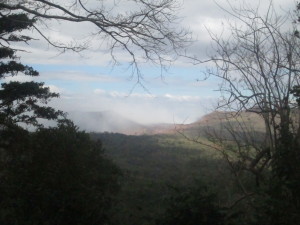
Very interesting and informative.Love the blogs.